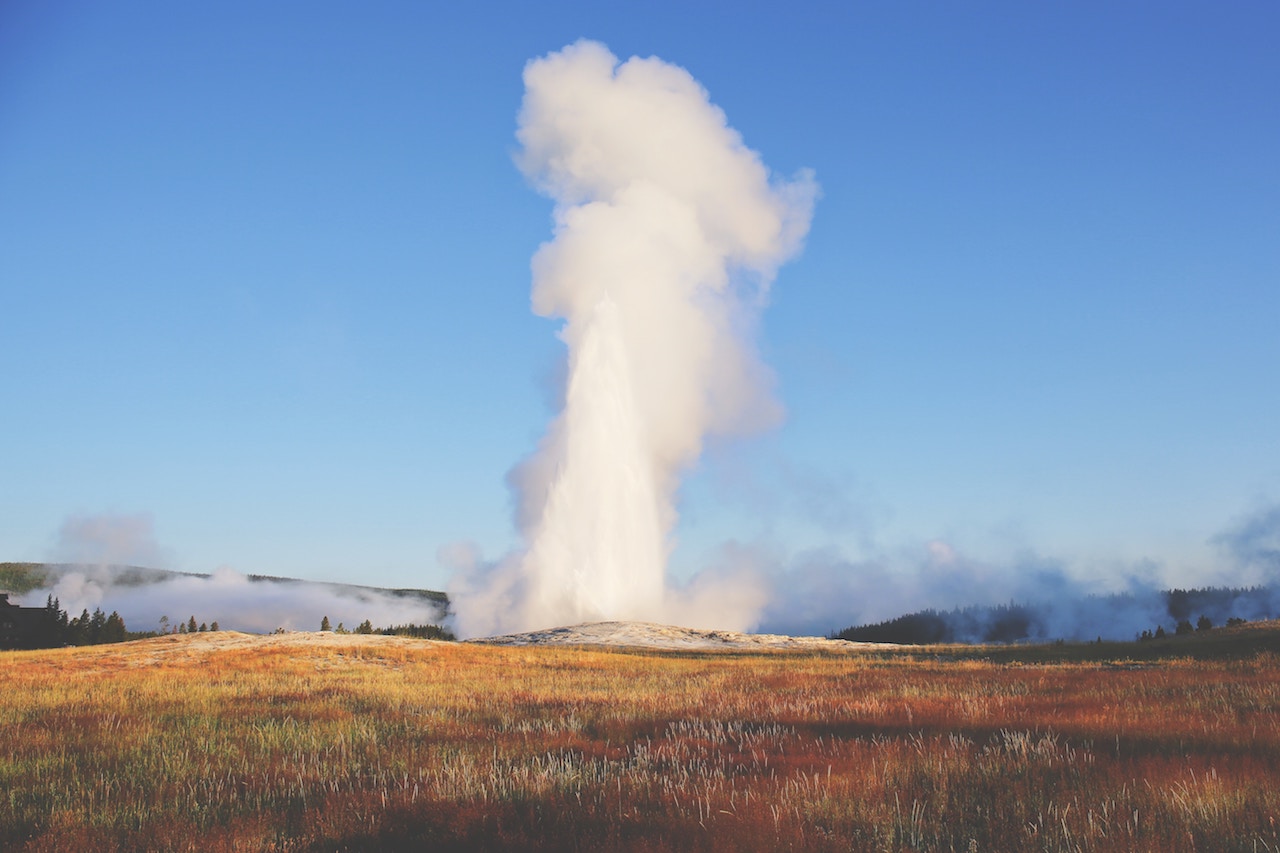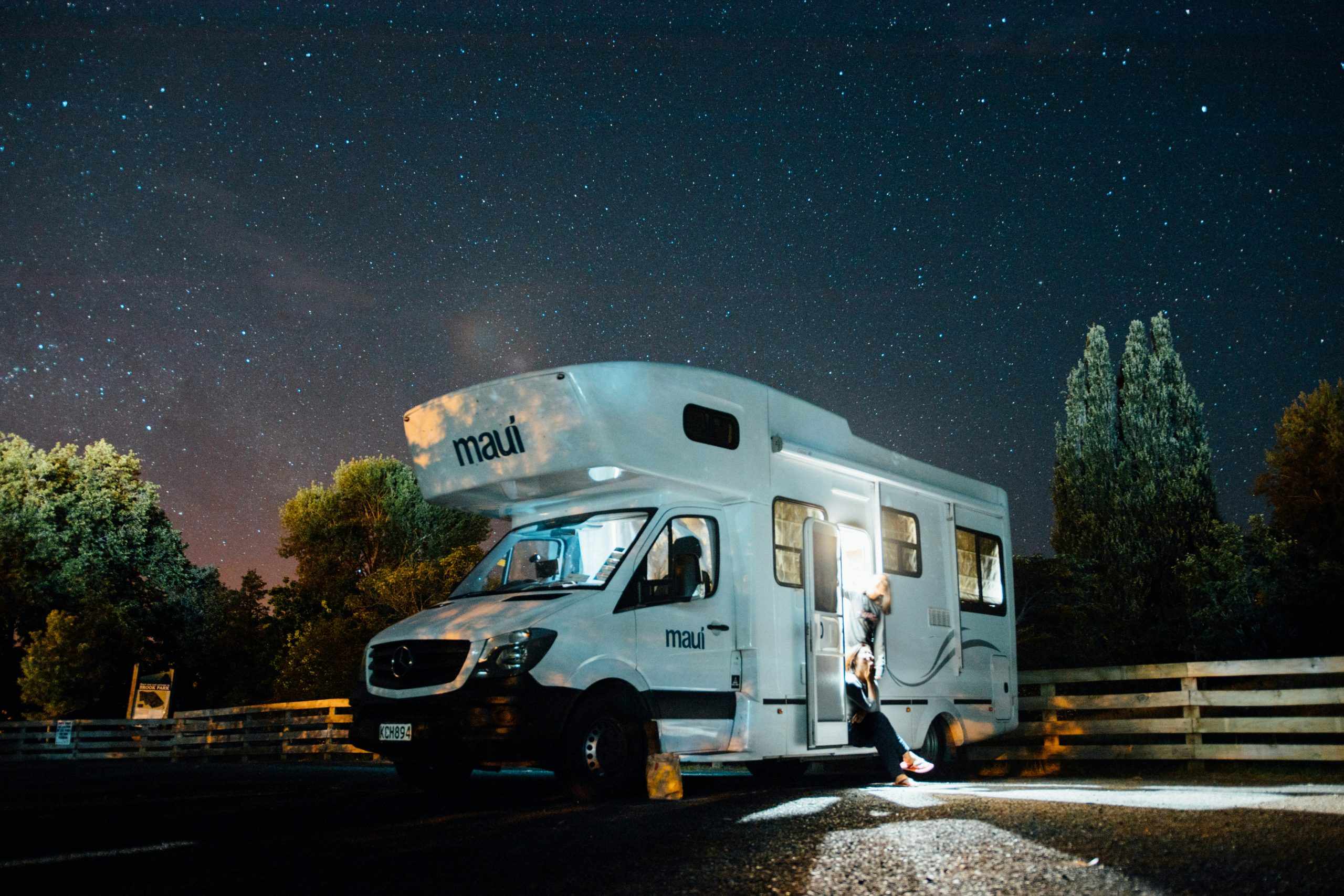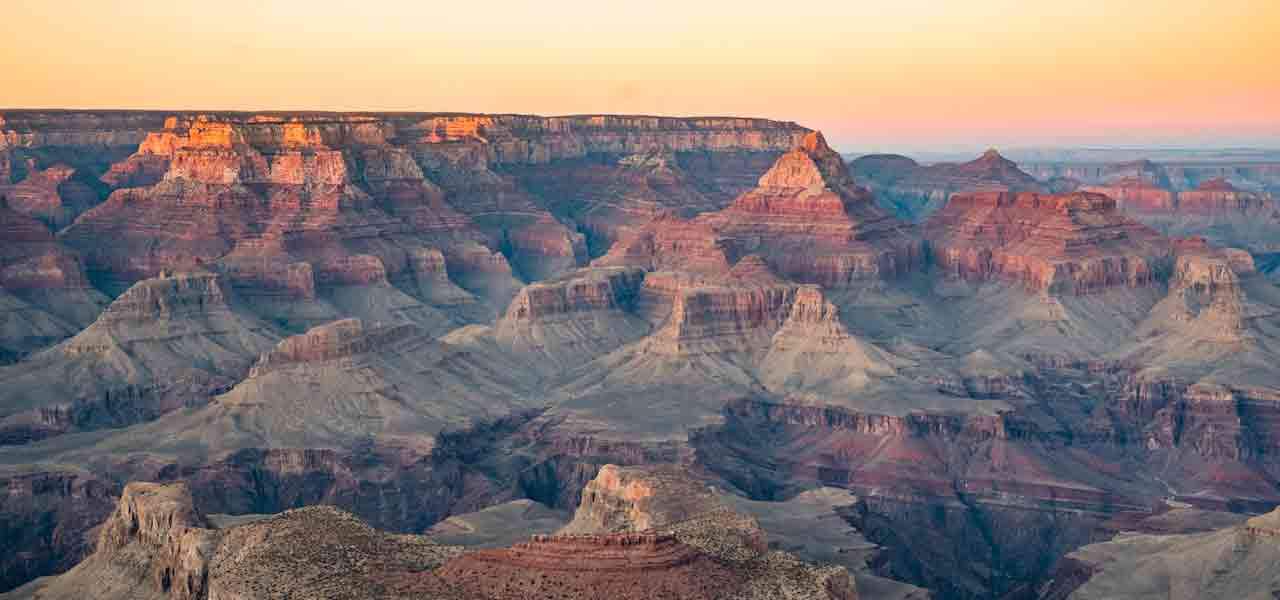Happy 100th Grand Canyon!
Grand Canyon National Park turns 100 years old today! Although the area had been protected as a national monument since 1908, it officially gained national park status on February 26, 1919. The Centennial will be celebrated all year long with a special exhibit called “100 Years of Grand” in cooperation with Arizona State University. But on Founder’s Day—Tuesday, February 26—a full schedule of events is planned to celebrate this milestone birthday, including concerts, cultural demonstrations, and an oral history booth. Of course, no birthday party would be complete without plenty of cake and a giant birthday card.
 A New Arrival Is Here
A New Arrival Is Here
Another birth worth celebrating is the newest U.S. national park to arrive on the scene. Dedicated on Friday, Feb. 15 in the state of Indiana, Indiana Dunes National Lakeshore will be renamed to Indiana Dunes National Park, making it the 61st national park in the U.S. The area is comprised of 15,000 acres of wetlands, woodlands, prairies and savannas in addition to the dunes, with beaches running along 15 miles of Lake Michigan’s shoreline.
According to an article published in The Hill, the Indiana Dunes, along with Indiana Dunes State Park, ranks just under Yellowstone National Park for visitors, seeing an estimated 3.6 million visitors in 2018.
 Gateway Arch Turns One!
Gateway Arch Turns One!
More than a thousand miles to the east, Gateway Arch National Park will also celebrate a birthday this month. Gateway Arch received this designation on Feb. 22, 2018. Formerly known as Jefferson National Expansion Memorial, the Gateway Arch has long been a landmark in St. Louis, Missouri. It stands as a memorial, “to Thomas Jefferson’s role in opening the West, to the pioneers who helped shape its history, and to Dred Scott who sued for his freedom in the Old Courthouse.”
Visitors to Gateway Arch can take a free ranger-led tour of the Old Courthouse, ride a tram to the top of the arch, or take a riverboat ride on the mighty Mississippi. Be sure to book tickets in advance as they often sell out in peak season.

The 25 and under crowd
While the National Park Service has been around for over 100 years, and our oldest national park—Yellowstone—has been a national park for nearly 150 years, much of the history of the national park movement is more recent. Of the 60 national parks in the U.S. (and its territories), nine have been created in the last 25 years. Some are so well known that it may be surprising to realize how new they are. Others have received less public recognition, but are no less worthy of discovery and exploration.
Add these parks to your next roadtrip plan, and be sure to wish them a happy birthday.
 Joshua Tree
Joshua Tree
Famous as the background to the cover photo on U2’s album of the same name, Joshua Tree National Park protects a unique desert environment in southern California. Joshua trees, which are not actually trees but tree-like yucca plants, are among the species that call this ecosystem home. Breathtaking views and spectacular rock formations make the park a popular place to take a driving tour, or to park the car and go camping, hiking, or rock climbing.
Joshua Tree has been protected as a national monument since 1936 but became a national park in 1994. The park turns 25 in October.
Visitors should take a stroll through the Cholla Cactus Garden, scramble up Jumbo Rocks, pack a picnic and plan to stay after dark for stargazing in the darkest night sky in southern California.

Death Valley
While it hardly sounds inviting, don’t be intimidated by the name and miss this stunning land of extremes. The highest recorded temperature on earth—134 degrees Fahrenheit—was measured in Death Valley in 1913. The valley is nearly 300 feet below sea level, but it is surrounded by peaks that are snow covered in winter.
Death Valley became a national monument in 1933, but was later designated a national park in 1994, as a part of the same California Desert Protection legislation that established Joshua Tree National Park. In that sense these parks are twins. Death Valley National Park also turns 25 this October.
Visitors should plan to stop at the Father Crowley Vista to watch fighter jets practice flying low and fast through the valley. Take a hike through Mosaic Canyon or explore the Mesquite Flat Sand Dunes.

Saguaro
The saguaro cactus is the iconic symbol of the desert, growing tall and green with branching arms. The image is so common that it’s easy to think this variety of cactus grows in every desert. In reality, they grow in a very limited area of the United States that is protected by Saguaro National Park in Arizona. Saguaro is a park with a city in the middle. Sections of the park are found both east and west of Tucson.
The eastern Rincon Mountain District became a national monument in 1933. The Tucson Mountain District to the west was added in 1961. The combined districts were elevated to national park status in October of 1994. Saguaro is the third park that will turn 25 this fall.
Visitors can take a driving tour of the Rincon Mountain District or see hundreds of ancient petroglyphs at the Signal Hill picnic area in the Tucson Mountain District. Both districts offer many miles of hiking trails for those hoping to explore the park by foot and see the diverse wildlife of the Sonoran desert up close.
 Black Canyon of the Gunnison
Black Canyon of the Gunnison
Some of the steepest cliffs and oldest rocks in North America are protected by Black Canyon of the Gunnison National Park. The Gunnison River has carved out this imposing canyon in the dark rocks of western Colorado. The age and variety of the rock makes the deep, narrow canyon appear black when it is shadowed.
Black Canyon of the Gunnison became a national monument in 1933 but did not receive national park status until October, 1999. The park reaches its 20 year milestone this fall.
Visitors can take a scenic drive along the north and south rims or down to the river. Take a hike to see the unique Painted Wall and Dragon Point rock formations. Experienced kayakers and rock climbers can find exciting challenges in the canyon. Keep your eyes open to spot peregrine falcons, which make the park their home.

Cuyahoga Valley
Ohio’s first and only national park is the Cuyahoga Valley National Park. The park protects the scenic vistas of the valley carved by the Cuyahoga River, but it also preserves the rich history of the area, from early rural settlers to the Ohio and Erie Canal and towpath.
Cuyahoga Valley began as a national recreation area in 1974 and received national park status in 2000. It remains the only national park to have started as a national recreation area. Free admission and its proximity to Akron and Cleveland make this a popular park.
Visitors can explore the park’s many waterfalls. Brandywine Falls, the largest waterfall in the park at 65 feet tall, can be viewed from a boardwalk close enough to feel the spray. The canal towpath is a popular place to walk or bike, and for a fee visitors can ride the Cuyahoga Valley Scenic Railroad.

Congaree
Near Columbia, South Carolina, in the floodplain of the Congaree River, the largest remaining old-growth hardwood forest is protected by the Congaree National Park. Though the area is often referred to as a swamp, it is actually bottomland that floods an average of ten times per year.
The creation of Congaree Swamp National Monument in 1976 saved this unique ecosystem from being harvested for lumber. It became a national park in 2003, at which time the word “swamp” was dropped from its name.
Visitors hoping to hike should check the current trail status with rangers before setting out, since the area floods frequently. Canoeing and kayaking are also popular ways to explore the park. In season, stay after dark for a ranger-led “Owl Prowl” to hear the calls of the barred owls and see the glowing fungi that grow on the cypress trees.

Great Sand Dunes
The tallest sand dunes in North America, centered among grassland, wetland, alpine, and tundra ecosystems combine to form the Great Sand Dunes National Park in southern Colorado. Medano Creek, which is dry most of the year, is filled each spring with melting snow and the “surge flow” can bring waves up to 20 inches tall.
Great Sand Dunes began as a national monument in 1932. It became a national park and preserve in 2004 and on its birthday this September, it will be 15 years old.
In addition to hiking some of the many trails in the park, visitors to Great Sand Dunes National Park should try sand sledding down the dunes. There are no designated trails on the dunes, and hikers can freely explore the 30-square-mile dunefield. In season, splash and enjoy the water in Medano Creek. Stay after dark and hike by the light of the moon with no need for a flashlight.

Pinnacles
Explore a unique landscape of unusual rock formations and caves formed by ancient volcanic eruptions at Pinnacles National Park. Its location is convenient from Highway 101 in central California and it is an easy drive from Monterey, Big Sur and other popular coastal destinations.
Established first as Pinnacles National Monument, the park received national park status in 2013 and just turned six in January.
Visitors should be sure to pack a flashlight to explore the caves. The Balconies Cave trail is not to be missed and starts from the campground. Watch for chances to see a California condor, as Pinnacles is one of the few places where they can be seen in the wild.
***
Join in the celebration of national park birthdays by taking a road trip to enjoy these spectacular national treasures. Whether you head to your favorite park or explore a new one, be sure to tell them we said, “Happy Birthday!”








